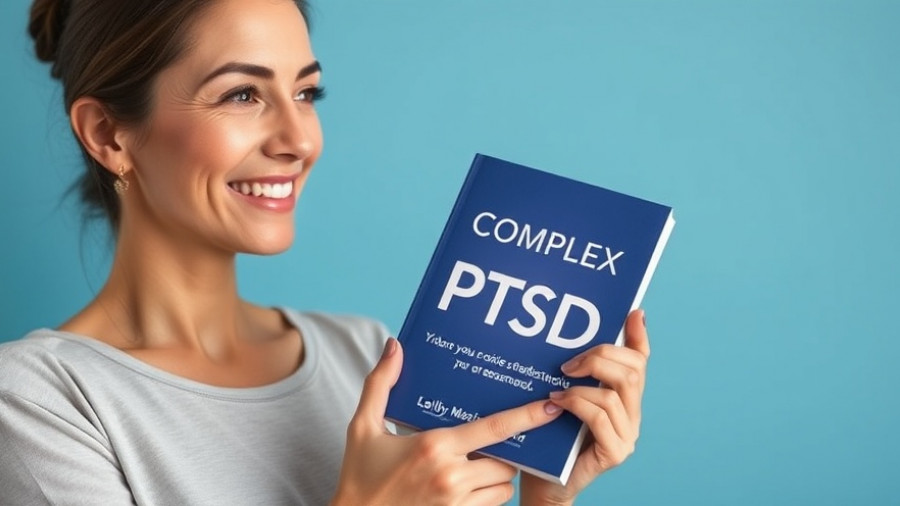
Understanding the Connection Between Memory and PTSD Symptoms
Post-Traumatic Stress Disorder (PTSD) is a complex mental health condition that affects countless individuals across diverse backgrounds. Through recent research, a notable connection has emerged between image-based memory recall and the exacerbation of PTSD symptoms. While the human brain is incredibly adaptable, it can sometimes latch onto memories—particularly traumatic images—that intensify anxiety, panic attacks, and other mental health issues.
The Role of Visual Memory in PTSD
Clinical evidence suggests that individuals with PTSD may have stronger associations with visual memories related to their trauma. Images can act as triggers, causing individuals to experience heightened anxiety and depression. This phenomenon highlights the importance of understanding not just the events that lead to PTSD but also the mechanisms by which memories can provoke significant emotional responses.
Various Coping Strategies to Address PTSD Symptoms
Healthcare professionals emphasize the necessity of employing a mix of coping strategies tailored to individual needs. Techniques such as cognitive-behavioral therapy (CBT), mindfulness meditation, and relaxation exercises can provide beneficial tools for managing symptoms. Workshops promoting self-care and support groups are essential avenues for individuals dealing with anxiety disorders and PTSD. The SADAG helpline and similar resources serve as crucial support structures for those requiring immediate assistance.
Cultural Considerations in Trauma Recovery
Understanding the cultural context of trauma is critical in crafting effective treatment plans. Culturally sensitive practices can resonate better with particular groups. In many cultures, traditional healing methods and community involvement play vital roles in recovery. Therapists are encouraged to consider these factors, as cultural elements can substantially affect the likelihood of treatment success.
Emerging Research on PTSD and Memory
The ongoing exploration of image-based memory and PTSD is vital as it shapes treatment and intervention strategies. Recent studies provide insights into the neurological underpinnings of memory and trauma, paving the way for future innovations in treatment protocols. This research assists in refining therapeutic approaches, potentially leading to more integrated solutions for PTSD sufferers.
Future Directions in Mental Health Policy
As evidence mounts, it becomes increasingly evident that public awareness campaigns and mental health education must evolve to include discussions on memory and PTSD. With a sharp focus on anxiety management and protection against economic stressors, mental health policies must adapt. Advocacy for more comprehensive healthcare access is also paramount, ensuring that resources are available for all, irrespective of socioeconomic background.
Taking Action: Breaking the Stigma
Informed discussions surrounding PTSD, mental health, and memory can help reduce stigma and encourage openness. For those affected by PTSD, seeking help is the first critical step on a complex yet essential healing journey. Creating awareness through education and support can empower individuals and foster understanding in communities, ultimately leading to improved mental health outcomes.
 Add Row
Add Row  Add
Add 




Write A Comment